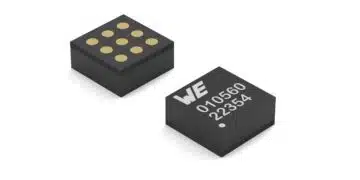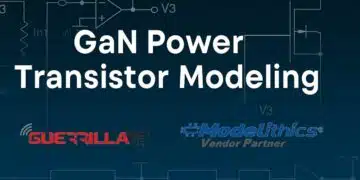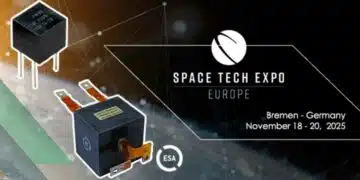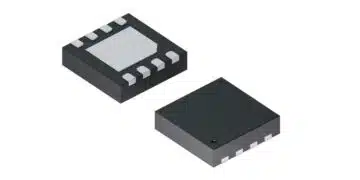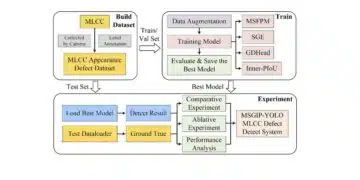source: Executivebiz blog
Posted By: Ramona Adamson: January 22, 2018
General Atomics‘ electromagnetic systems business unit has produced a capacitor technology designed to operate at high voltages and temperatures. The company said Wednesday the new capacitor works to support stable operation of power electronics at more than 1000 volts and temperatures as high as 500 degrees Celsius.
Scott Forney, president of General Atomics Electromagnetic Systems, said the company developed the technology for customers who aim to build ultra-high temperature power electronics.
Forney added that the new offering is meant to provide more stable behavior in varying temperature ranges over current capacitors.
Mark Schneider, GA-EMS manager of capacitor research, development and engineering, noted that the company currently produces the new capacitors for “specialized applications and customers” and that commercial availability will begin in the fourth quarter of 2018.
GA-EMS received a contract from the Defense Department‘s Ordnance Technology Consortium earlier this month to supply high-energy density capacitors for a non-lethal platform that works to stop and disable vehicles. A business unit of General Atomics has been selected by the Defense Department Ordnance Technology Consortium to produce high-energy density capacitors for a non-lethal platform designed to stop and disable vehicles as part of force protection and checkpoint operations.
General Atomics Electromagnetic Systems will supply the capacitors to DoD’s Joint Non-Lethal Weapons Directorate for integration into the Pre-Emplaced Electric Vehicle Stopper system, the company said.
“The PEVS system has the potential to support multiple missions and be mobile as operations change, making a compact footprint a critical requirement,” said Nick Bucci, vice president for missile defense and space systems at GA-EMS.
Buccci added the company looks to use advanced manufacturing techniques to build capacitors that will offer pulsed power output in compact packaging.
PEVS is designed to function as a non-intrusive device for disabling vehicle electrical components through short, intense electrical pulse upon vehicle approach of contacts.


